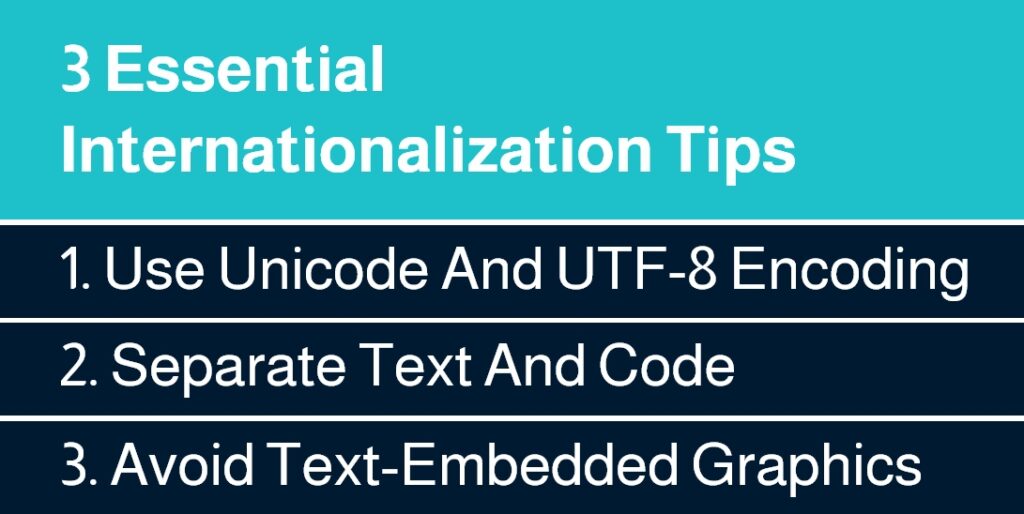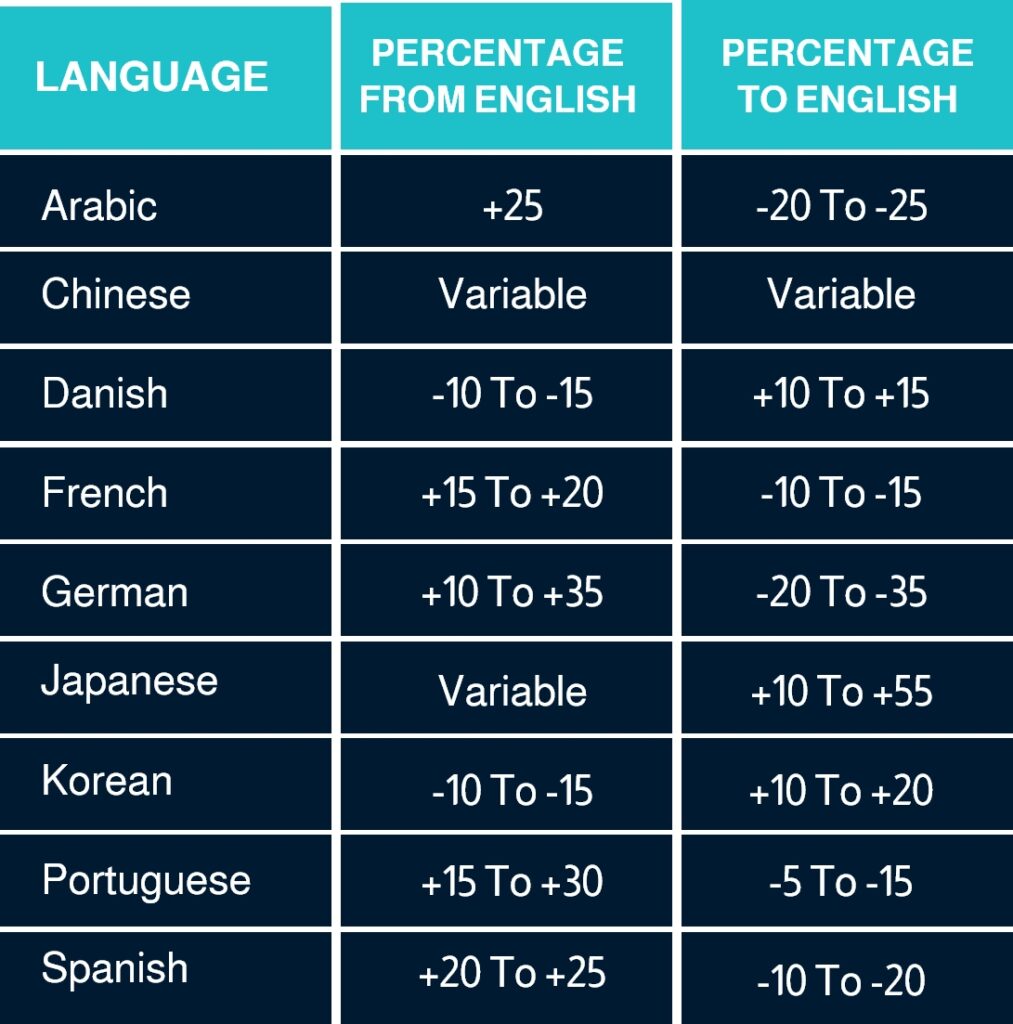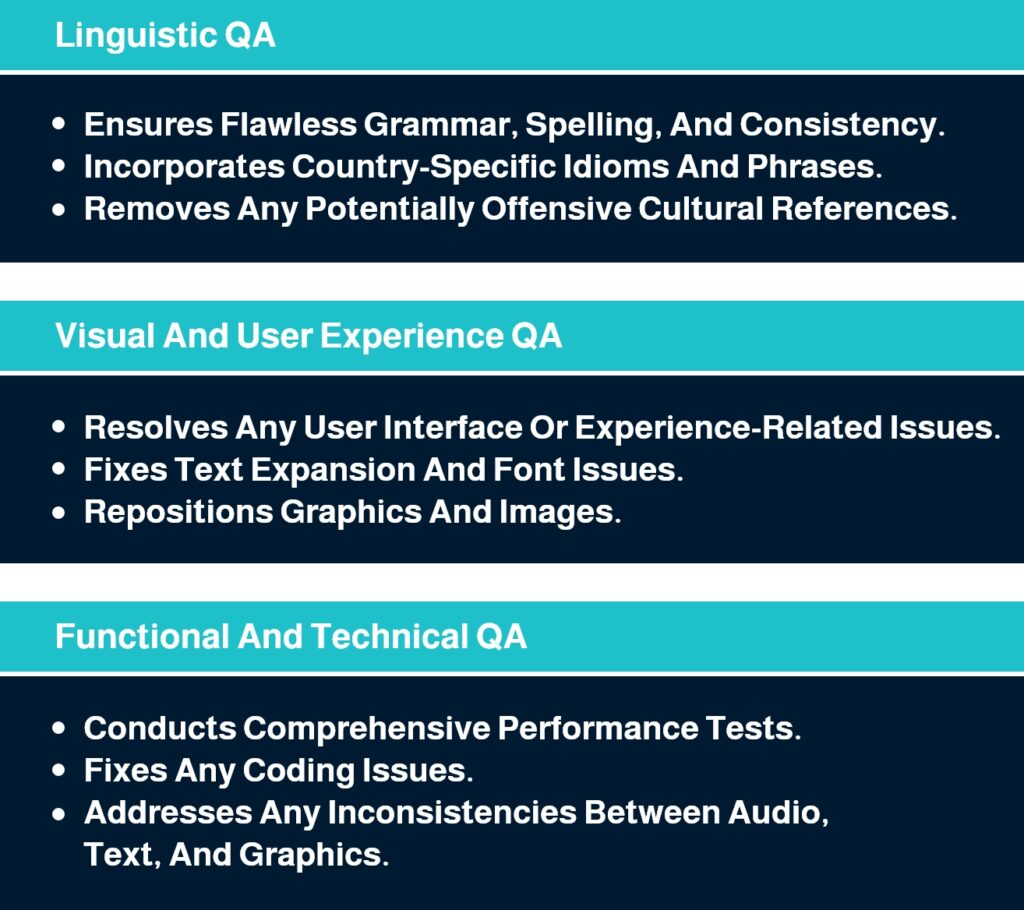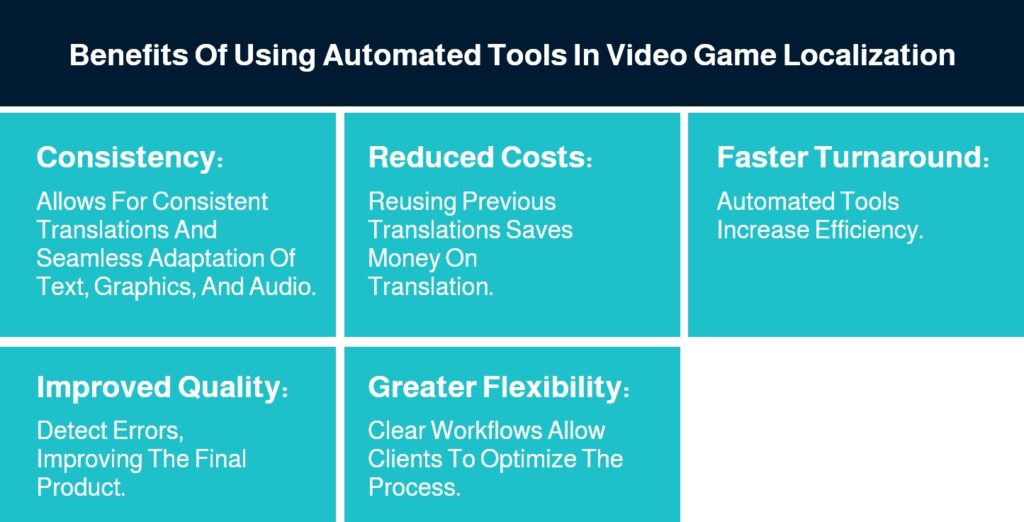Video Game Localization: How Much Can It Be Streamlined?
Video game localization is a holistic, intricate practice, where language, culture, and technology converge to create immersive gaming experiences for gamers.
From the literal translation of simple commands like “play and pause” and the creative adaptation of the game storyline to complex coding and lip-syncing of game characters, video game localization is one of the most complicated processes.
The process includes many professionals and layered steps that any young company trying to break into the industry would be overwhelmed by. Ironically, as technology advances, game localization does not necessarily become less complex because the same technology can be used to create even more complex modern games.
In this blog post, we’ll look at the key phases in the video game localization process and how the use of optimized workflows and automated tools can help make localization more efficient, cost-effective, and successful without jeopardizing the games’ creative aspects.
A Closer Look at the Video Game Localization Process
The video game localization process can be broken down into three stages: pre-production, production, and post-production.
A well-known best practice that contributes to game success is developing your PC, console, or mobile games with localization in mind from the start.
As such, game developers should strive to create efficient code that can be easily localized, even if the localization process for a specific market is to be conducted later on.
And while some companies typically consider localization during the initial ideation and development phase, others begin to consider it after releasing the game in its original country.
So, prior to the actual 3-step video game localization process, there’s a crucial step, known as internationalization, to make the game code as neutral as possible.
-
Internationalization
Internationalization is the process of designing and developing a software product, naturally a game in this context, to be language and cultural-neutral.
In other words, it makes your game localization-friendly; easily adaptable and translatable without major engineering rework or code changes, streamlining the entire video game localization process.
Here are 3 essential internationalization tips to streamline your video game localization process:
1. Use Unicode and UTF-8 Encoding
The universal character coding is your game code’s best friend. It ensures your game text, character sets, scripts, special characters, and writing systems of multiple languages.
Whether it’s Latin-based alphabets, Cyrillic, Chinese characters, or Arabic script, Unicode ensures compatibility for all of them.
2. Separate Text and Code
Keep all your game’s text-based content separate from the actual source code. This way when translation kicks off, it won’t modify the code itself.
3. Avoid Text-embedded Graphics
Embedding text in your game graphics complicates and prolongs the video game localization process. That’s because this embedded text will need to be externalized and translated separately and images will have to be recreated.
Instead, use dynamic UI elements. Not only does this ensure that the translated text is easily replaced in the UI, but also allows for easy updating.

Entering the pharmaceutical market is challenging due to the high upfront costs. According to Grand View Research, the FDA approved 59 drugs in 2018, 49 in 2019, and only 15 in 2020.
-
Pre-Production Phase
This phase is all about gathering all the information needed to localize the game and preparing the documentation. Game developers usually add notes, comments, and screenshots to text strings to help the localization team understand the context of the original game and adapt it correctly.
In addition, game developers can also help with the glossary and style guide, translation memory, and plug-ins to help prepare the localizing game experts during the Pre-Production phase.
To learn more about this stage, we recommend reading our video game localization ebook, which covers all of these stages in detail and includes great case studies and best practices.
-
Production Phase
This is the stage at which all game elements are visually, linguistically, and technically adapted for the target market.
After reviewing all the documentation and the localization kit prepared in the previous phase, linguists, graphic designers, developers, and software engineers now start working on all the elements: text, audio, visual, and code.
Linguists translate all the content while keeping in mind the new target audience, but, most importantly, they stay faithful to the style guide that provides instructions on the language tone, cultural references, or any slang and wordplay used.
Top Qualities of a High-Quality Localization Team
- Native speakers of the target language and highly experienced in translation services
- Residing in the target region and/or country
- Knowledge of the local culture
- Able to utilize appropriate tools such as CAT, TMS, glossaries, and such.
- Capable of handing workarounds, technical solutions, delays, and deadlines.
- Problem-solving-oriented and highly creative
When you translate into a similar language that takes up roughly the same amount of space, the visual adaptation is easier and takes less time. But when the language system is different, such as from English to Korean, the adaptation may take longer.
Text expansion is one of the first issues to address, not only because it reduces the visual quality of the game but also because it can host bugs if not handled correctly.
Here’s how some of the most frequently translated languages expand/contract during localization:

There is also the issue of adapting the speaking time across languages in the case of modern games that require voice-over recording. While voice-over artists in German must begin slightly earlier and speak at a slower pace, those in English can speak at a more leisurely pace.
Additionally, during the production, it’s crucial to understand the cultural references that resonate with the game markets to ensure that the game is well-received by the target audience.
Failure to consider such factors may result in a negative impact on the game’s popularity and sales in those video game markets. For example, Japanese culture is less open to explicit and violent content, whereas these are more accepted in American culture.
-
Post-Production Phase
After each component has been modified, the final stage includes meticulous testing and quality assurance procedures. First, a review of the previous work is conducted, and the entire localized game is examined to determine whether any elements need to be updated or changed.
It is crucial to perform thorough testing, including smoke and beta testing, before releasing a game.
Smoke testing checks whether the basic functionalities of the game are working correctly. Beta testing, on the other hand, is performed by real users in a real environment to identify any issues or bugs that were not caught during earlier testing phases.
Depending on the game as well as the localization team, there could be different types of testing as well as quality assurance procedures, but the most common are Visual QA, Linguistic QA, and Technical QA, where each team makes sure no mistake has slipt.

Theres a common mistake that follows video game localization projects, but we advise all gaming companies to be very cautious about it. Often, the production phase may suffer many delays that go beyond the estimated timeline.
What most teams then do is cut the post-production time and rush testing and quality assurance. Post-production shouldn’t be done under pressure, so be sure to allow enough time for it to be done right.
Key Tools for a Streamlined End-To-End Video Game Localization Process
Keeping in mind the phases we covered above, we can’t miss the immense value of automated tools in streamlining the localization process. They are great assets for increasing efficiency and quality while reducing cost and time.
Benefits of Using Automated Tools in Video Game Localization
- Consistency: Allows for consistent translations and seamless adaptation of text, graphics, and audio.
- Reduced Costs: Reusing previous translations saves money on translation.
- Faster Turnaround: Automated tools increase efficiency.
- Improved Quality: Detect errors, improving the final product.
- Greater Flexibility: Clear workflows allow clients to optimize the process.

Automated tools are available for use in every phase.
The pre-production phase can be streamlined through the use of text string structure, glossaries, style guides, translation memory, and plug-ins. Here, most of the information is given by the source development team, and the task of the localization team is to gather, choose, and integrate all these parts into their system.
Secondly, during the production phase, translation memories can be used to not only provide guidance to preserve consistency but also to eliminate any heavy workload in long games that include a lot of text. In addition, this will also reduce costs and increase your ROI on language translation services since you’ll not be paying the same for repeated words
Regardless of whether the game includes only instructions with no dialogue or has complex dialogues with narrators and multiple characters, it should be exposed to a Translation, Editing, and Proofreading (TEP) process to ensure high game localization quality assurance.
As for the visual and audio adaptation, some tools that are used are subtitle and dubbing software, speech recognition software, text extraction and insertion tools, and audio and visual adaptation software.
These tools allow the localization team to automate the process and focus on adapting all the game elements to the cultural nuances and regulations of the target market.
Lastly, all the tools we mentioned can serve as a way to guarantee quality during the review process. With the help of localization management software and translation management systems, all the work will be easily traceable by the project managers and the quality assurance team.
Overall, software and automation tools are widely used in game translation services to minimize human error and increase accuracy, ultimately resulting in a higher-quality final product.
However, they are insufficient in themselves and require human expertise that understands how to bring one product from one culture to another.
Software and Tools that Can Help Streamline Video Game Localization
-
Pre-Production Phase
-
-
-
- Text String Form Structure
- Glossary And Style Guide
- Translation Memory
- Plug-Ins
-
-
-
Production Phase
-
-
- Translation, Editing, and Proofreading (TEP)
- Subtitle and Dubbing Software
- Speech Recognition Software
- Text Extraction and Insertion Tools
- Audio and Visual Adaptation Software
-
-
Post-Production Phase
-
-
- Localization Management Software
- Translation Management System (TMS)
-
Download our guide to explore 4 main
tools to increase efficiency and accuracy.
Automation has the power to transform your pharmaceutical translation workflow!
High-Quality Pharmaceutical Translation Services Checklist

Conclusion
Whether you’re an indie game developer or an AAA company, a finely tuned and efficient video game localizationprocess can be ground-breaking, not only in terms of cost and time savings but also in elevating the overall quality of the localized game. Laoret takes pride in utilizing top-notch automation and streamlined tools that are known to produce excellent results in video game translation and localization. With us, you will receive localization services in multiple languages that are tailored to the latest requirements of the game industry. Request a quote to learn more.
References
- Statista: The world’s most spoken languages
- World Data: The world’s largest economies
- Internet world users by language
- The 10 Largest E-Commerce Markets in the World by Country
- English levels in China
- The most used languages on the internet
- China: Language simplification to increase literacy?
- The main differences between Mandarin and Cantonese
- The Spanish language in the world
- Internet world users by language
- The U.S. Has the Second-Largest Population of Spanish Speakers’ How To Equip Your Brand To Serve Them
- Parker pens make you pregnant, and other due diligence fails!
- Arabic Speaking Countries
- Arab economies to post 5.4 percent growth rate this year on higher oil prices
- More Arab countries are seeking to orient their economies towards knowledge
- Individuals using the Internet (% of population) – Arab World
- French speaking countries
- English Loses Currency as Europe’s Lingua Franca After Brexit Vote
- The rise of Africa’s digital economy
- Mechanical Engineering Industry in Germany: Our Industry Report
- Internet user penetration in Germany from 2018 to 2027






